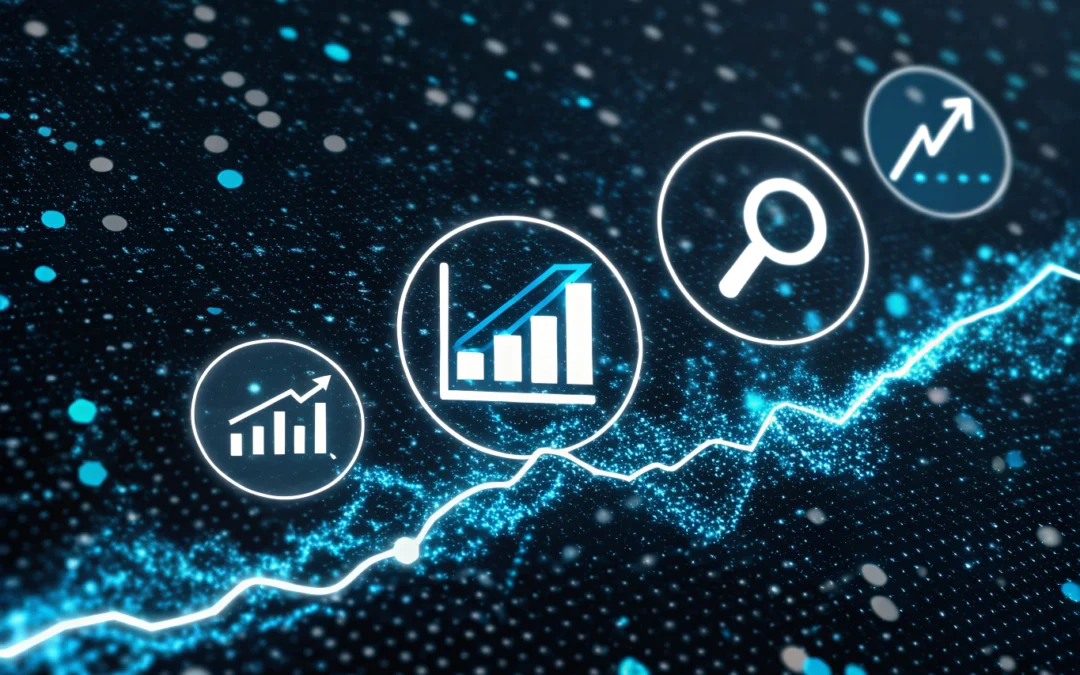Understanding Video Analytics: Not Quite the All-Seeing Eye
Video analytics software has been paraded around as a game-changer, a digital oracle that can predict, analyze, and report all with the precision of a Swiss watch. But if we take a closer look, we see it’s less of an oracle and more of a diligent intern. Video analytics software is making strides, sure, but it’s far from omniscient.
What Exactly Is Video Analytics?
At its core, video analytics processes video feeds to extract meaningful insights. It’s like teaching the intern to sift through hours of security footage to identify when the cat burglar made off with the antique vase. This software can count people, detect anomalies, recognize faces, and even track movements. However, it’s not yet the all-seeing eye of Sauron—it needs guidance, context, and sometimes a nudge in the right direction.
The Promise and the Reality
The promise of video analytics is tantalizing: smarter security, enhanced customer experiences, and operational efficiencies. But here’s where the rubber meets the road. The current reality is that video analytics systems can misinterpret shadows as intruders and struggle with crowded environments. Like any diligent intern, it requires consistent oversight and feedback.
AI and Video Analytics: A Symbiotic Relationship
AI breathes life into video analytics, transforming static images into dynamic stories. But we must remember—AI isn’t a magician. It’s more like a master of pattern recognition. It can illuminate trends in retail foot traffic or highlight potential safety hazards in a factory. Yet, it occasionally confuses a mannequin for a human, or worse, misses a threat entirely. The system’s effectiveness hinges on its training, much like how an intern’s performance relies on mentorship and clear instructions.
Keeping It Human-Centered
One of the biggest misconceptions about video analytics is that it can replace human judgment. It can’t. It can supplement it, enhance it, and yes, sometimes outperform it in specific tasks. But the human touch—that innate ability to understand nuance, context, and emotion—is irreplaceable. We need to think of video analytics as a tool that amplifies human capabilities, not one that replaces them.
Actionable Recommendations for Businesses
- Define Clear Objectives: Know what you want to achieve with video analytics. Whether it’s improving security or enhancing customer experience, clarity is key.
- Invest in Training: Like any intern, your video analytics system needs training. Regular updates and learning from past mistakes are crucial.
- Don’t Skimp on Human Oversight: Ensure there is a human touch in interpreting and acting on the insights provided by the software.
- Stay Updated: The field of AI and analytics is rapidly evolving. Keep abreast of new developments to leverage the best technology available.
By approaching video analytics with a realistic understanding of its capabilities and limitations, businesses can harness its power effectively—much like guiding a promising intern to greatness.
Checkout ProductScope AI’s Studio (and get 200 free studio credits)

